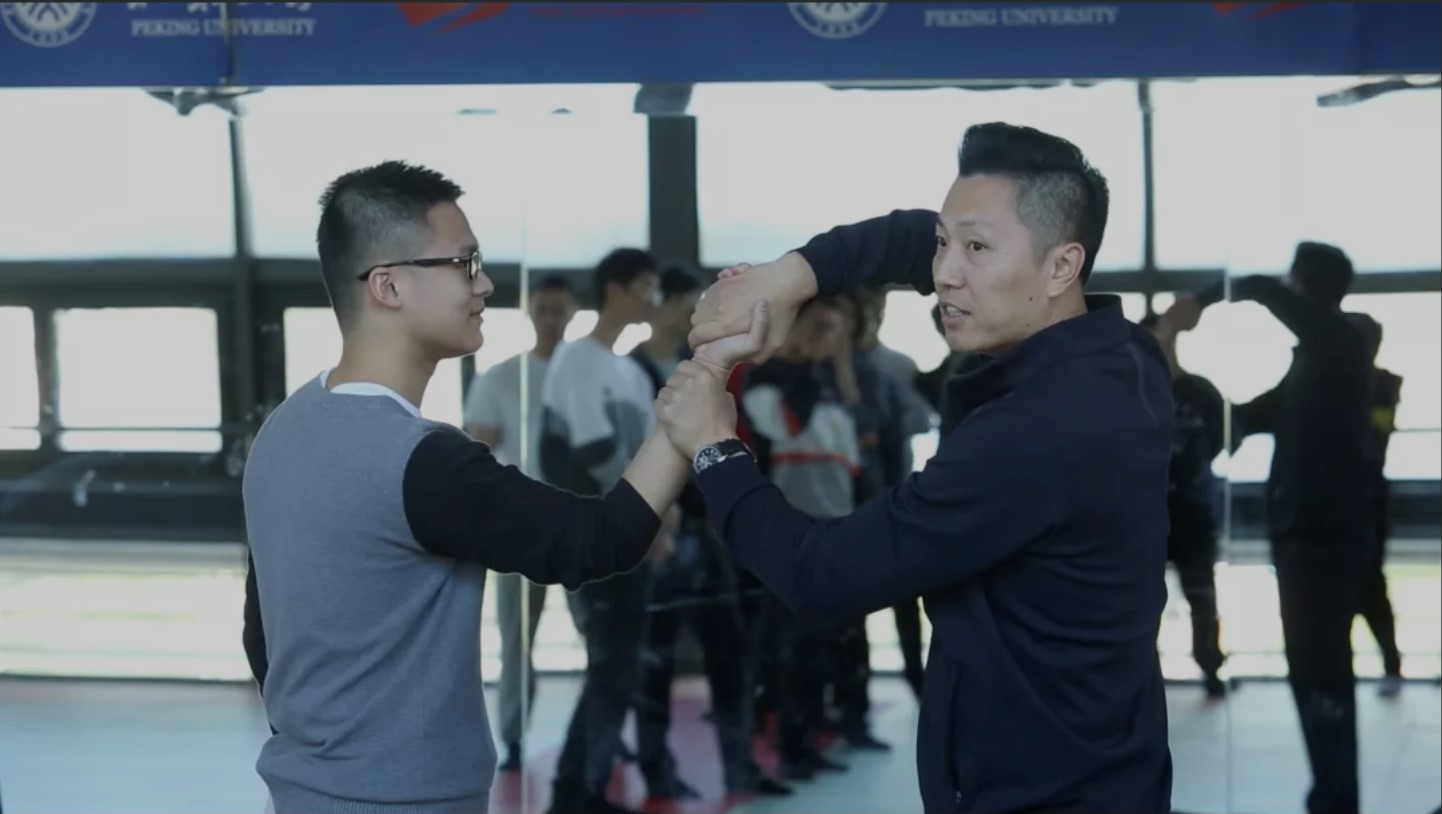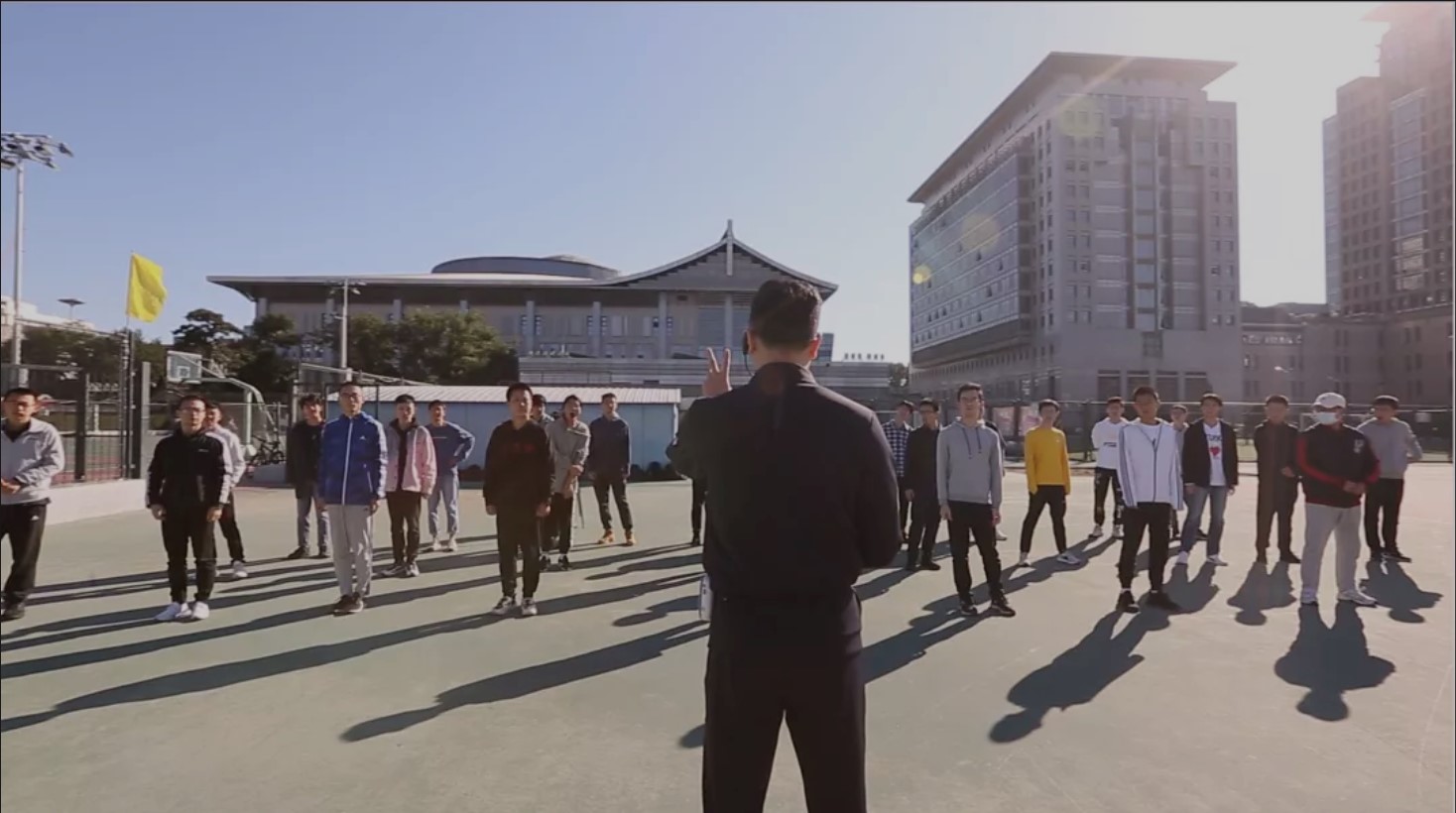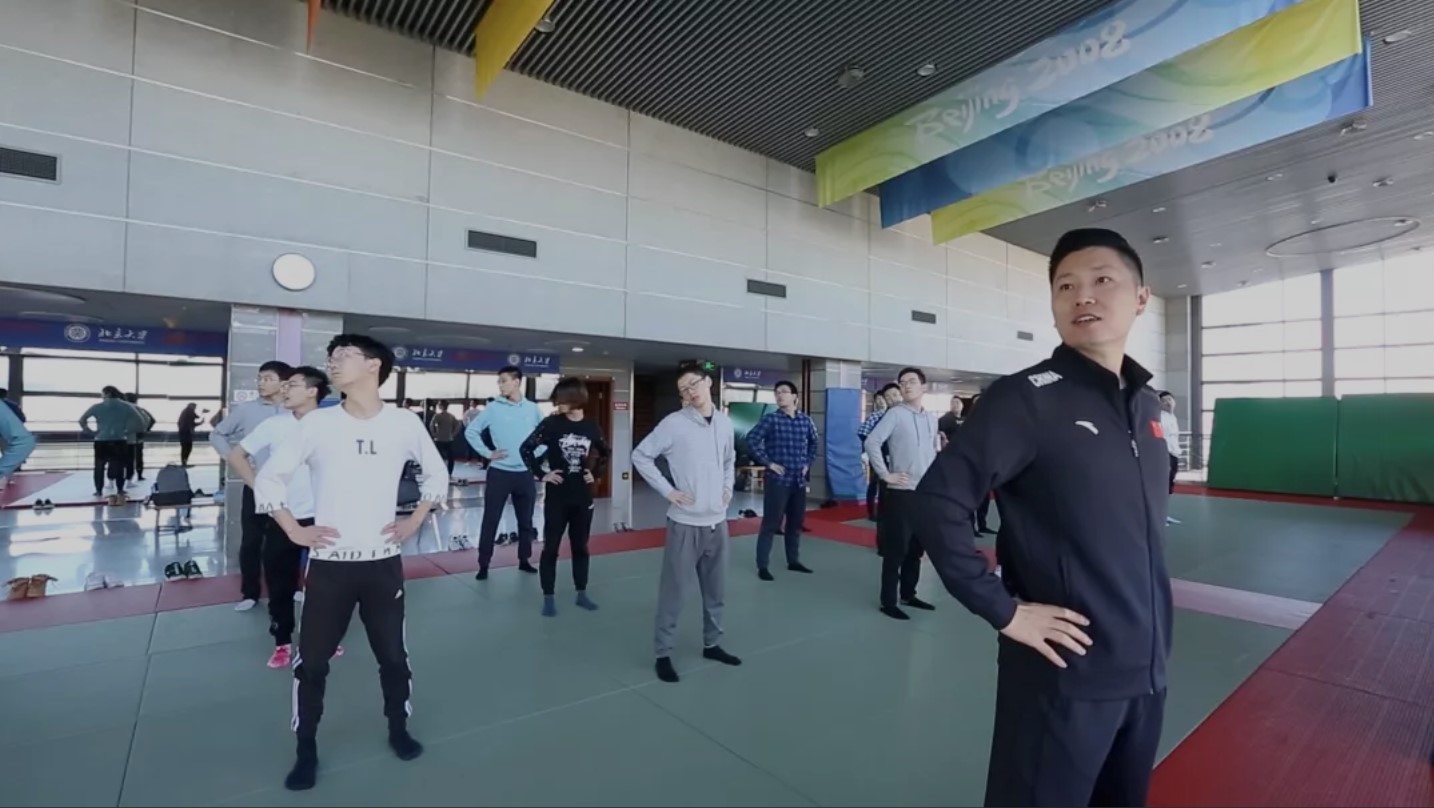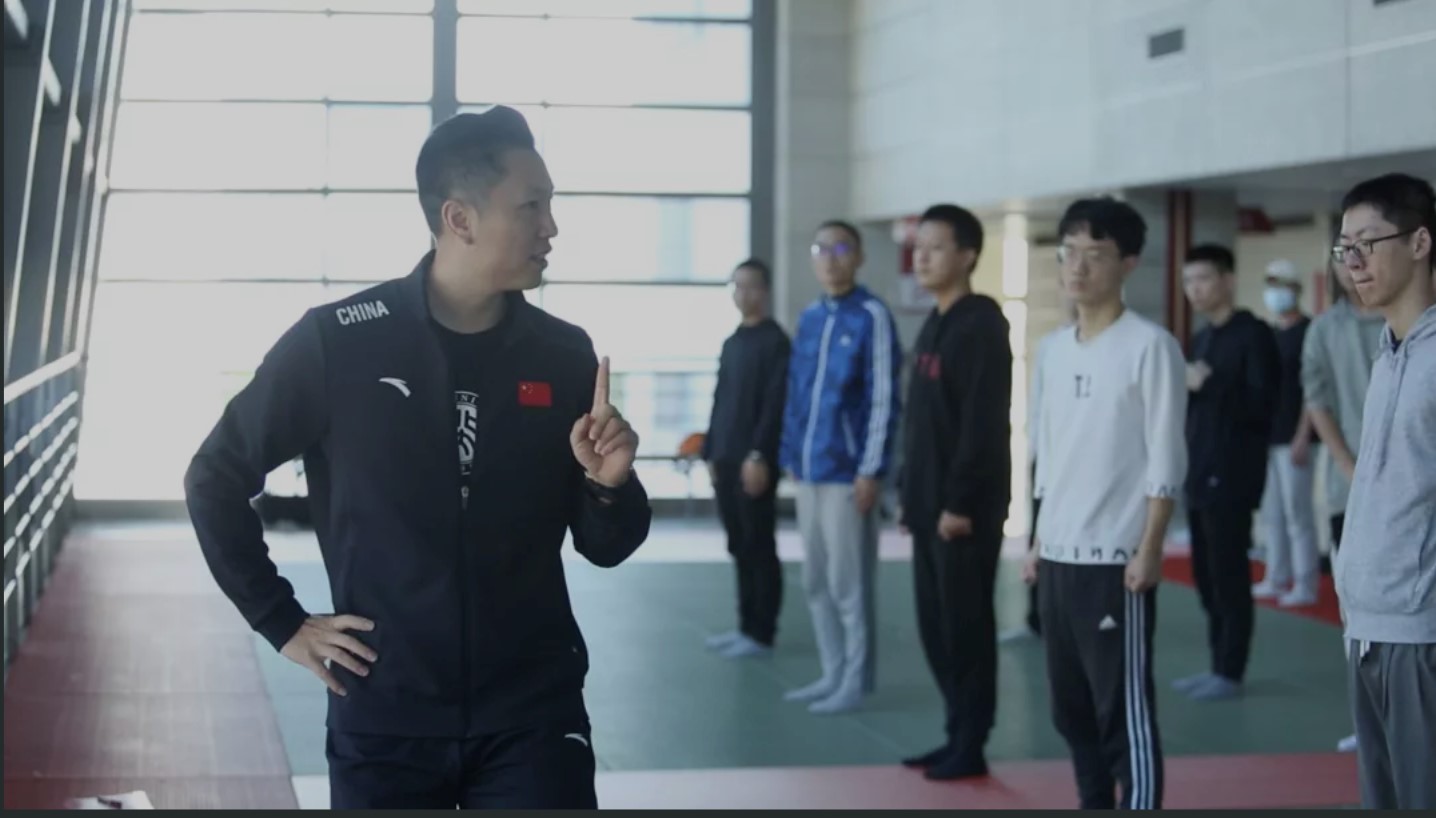Peking University, November 12, 2021: “Teaching isn’t just in the outer design, it needs to be based on a
real understanding of the students’ needs,” Peking University Tai Chi
teacher Chai Yunlong says. Chai joined Peking University Department of
Physical Education in 2020 and won multiple awards in the 20th Young
Teachers’ Fundamental Teaching Skills Competition held that year,
including first prize in Humanities and Social Sciences, as well as the
"most popular with students award". With a limited number of teachers
available, newly hired teacher Chai Yunlong was asked to teach 8 classes
of Tai Chi, instead of the original 6 during the spring semester of
2020. At the same time, he was also appointed mentor for a class of new
students, further increasing his load. Due to these special measures
taken during special times, Chai faced high levels of pressure that a
new teacher usually wouldn’t have.
Chai Yunlong was born in Jiaozuo, Henan Province, the birthplace of Tai
Chi. During his college, he treated his professional training with
stricter standards and higher requirements, winning the Tai Chi
championship in the 12th World Wushu Championships.
The seven years in Beijing Sport University have enabled Chai Yunlong to
have a deeper understanding of Sports beyond professional training.
Deciding to begin a career in education, he became a teacher at China
Women's University for five years, creating his own unique teaching
model in the process. In 2019, he decided to transfer to Peking
University, not only because of its reputation as a prestigious
institution of higher learning but also because it has conducted Tai Chi
courses for over three decades.
In the physical education curriculum, Tai Chi is a compulsory class for
students, which means that not all students taking the course do so
willingly. Under these circumstances, stimulating students’ interests
becomes essential.
Chai took many measures to ensure the enthusiasm of the students. First,
he adjusted the course curriculum according to the students’ needs,
separating it into three modules: health care, fitness, and
self-defense. This adjustment was made on the basis of a true
understanding of students’ needs. At Peking University, many students
spend long hours sitting at a desk, which has caused tension and pain in
their shoulder and neck areas. Noticing this, Chai integrated the
content of Tai Chi into the classroom and designed a customized warm-up
exercise for the students.
Chai teaching the warm-up exercise
When teaching Tai Chi, Chai emphasized the importance of integrating Yi,
Chi, and Xing. Xing is form, the lowest standard, which is copying the
movements. Chi, one level higher, is using the Tai Chi breathing methods
along with the movements. Yi is meaning, it requires that you think
about the spirit of Tai Chi, as your thoughts will flow into your breath
and movements.
In later practice, Chai found that setting different goals for each
student was essential to the teaching process. For those who lack
interest and motivation, it is important to let them see where Tai Chi
is closely related to their lives. When facing students who try hard but
struggle with physical coordination, you need to link every class
together, and give them the chance to review and consolidate the
movements taught in previous classes. For the students who learn very
quickly, it is necessary to point out the goal of “Yi, Chi, and Xing” to
allow them to continuously improve.
If these methods still can’t spark enthusiasm in the students, Chai will
bring out his special weapon: Chin Na (also known as Qin Na). It is a
special technique in Chinese martial arts that aims to lock an opponent
without harming them. It is interesting and also a useful self-defense
technique that is always popular with the students.

Chai demonstrating Chin Na techniques
However, for students, the final exam for the course is inevitable.
Chai’s many years of athletic experience makes him very aware of the
impact of psychological state on the students’ performance. Thus, he
takes great care of the mental health of his students. He will
constantly give them tips to improve their score and will give them time
during class to practice. What’s more, he allows students to delay the
examination if they haven’t had enough sleep or have been under too much
pressure.
Based on his grasp of students' psychology, Chai believes that
successful teaching is not to deliberately cater to students, but to let
students have the internal motivation to learn. He summarized the way
to get along with students into four points: cultivating feelings,
building trust, teaching useful knowledge, and doing things fairly.
Chai’s teaching has produced effective results; many of the students who
took his Tai Chi class last fall semester won awards in the
school-level Tai Chi competition. Chai’s concept of education is similar
to Tai Chi: the outer form is not what truly matters, but the inner
spirit. Being able to truly understand his students, is the real
“Kung-Fu” of teaching.
Written by: Cherlin Xu
Edited by: Ng Joong Hwee
Source: Peking University Office of Educational Administration (Chinese)



